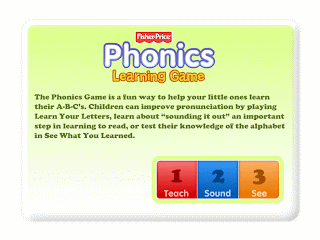Phonics is the understanding of how letters combine to make sounds and words. Phonics curriculum usually starts with teaching letters, slowly creating a working knowledge of the alphabet. Children learn the sounds of each letter by associating it with the word that starts with that sound. Phonics skills grow through reading activities, and students learn to distinguish between vowels and consonants and understand letter combinations such as blends and digraphs.
Source:
Phonics is the association of sounds with letters. Phonics is a method of teaching beginners to read and pronounce words by learning to associate letters or letter groups with the sounds they represent. Research has shown that a strong understanding of the relationship between letters and sounds helps children learn to read.
Source:
Phonics is generally thought of as the traditional method of teaching someone how to read. Throughout the 20th century, its popularity has periodically risen and declined, but it has never been abandoned altogether. There are two main ways of incorporating phonics into the reading curriculum: the synthetic and analytic approaches.With the synthetic approach, children learn the 44 basic sounds that can be produced by the 26 letters of the English alphabet, and vocabulary words are only introduced when all the letter sounds have been mastered. Students are taught to sound out unfamiliar words one letter at a time based on their sounds. With the analytic method, students first acquire a basic vocabulary of words they know by sight and then study the relationships of letters and sounds by analyzing how they operate within these words.
Source:

